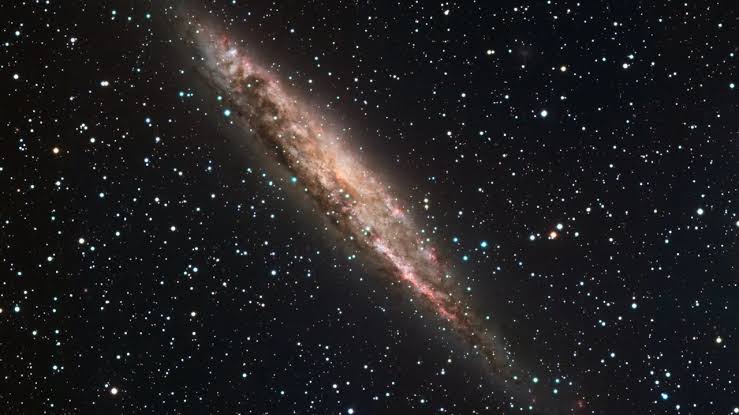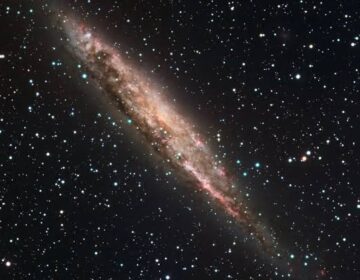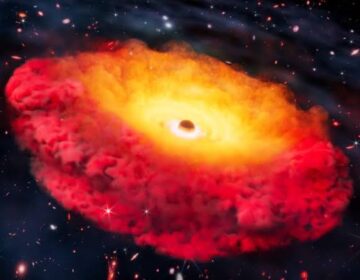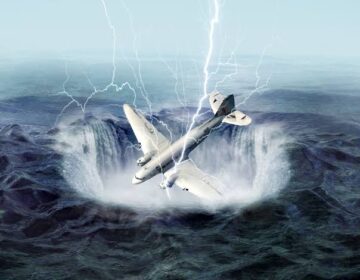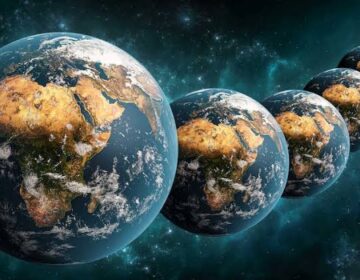We are closer than ever to finally proving the multiverse exists.
We think our universe contains everything that exists, has ever existed and will exist in the future. But this might not be the case: there are many ways other universes could exist.
Parallel universes are no longer just a feature of a good sci-fi story. There are now some scientific theories that support the idea of parallel universes beyond our own.
However, the multiverse theory remains one of the most controversial theories in science.
Our universe is unimaginably big. Hundreds of billions, if not trillions, of galaxies spin through space, each containing billions or trillions of stars.
Some researchers studying models of the universe speculate that the universe’s diameter could be 7 billion light – years across. Others think it could be infinite.
Science fiction loves the idea of a parallel universe, and the thought that we might be living just one of an infinite number of possible lives.
Multiverses aren’t reserved for “Star Trek,” “Spiderman” and “Doctor Who,” though. Real scientific theory explores, and in some cases supports, the case for universes outside, parallel to, or distant from but mirroring our own.
Multiverses and parallel worlds are often argued in the context of other major scientific concepts like the big bang , string theory and quantum mechanics.
Around 13.7 billion years ago, everything we know of was an infinitesimal singularity. Then, according to the Big Bang theory, it burst into action, inflating faster than the speed of light in all directions for a tiny fraction of a second. Before 10^-32 seconds had passed, the universe had exploded outward to 10^26 times its original size in a process called cosmic inflation.

